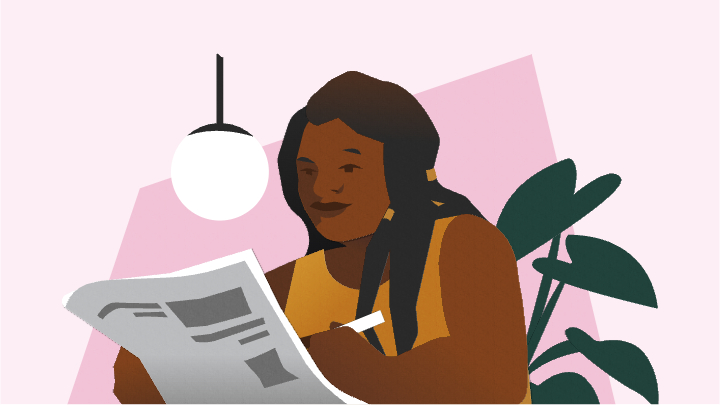What Is Good Customer Service? Definition and Guideline
Updated 24 March 2023
Related jobs on Indeed
What is good customer service?
Customer service refers to any assistance provided by a business and/or its employees to its clients. Customer service involves everything from assisting consumers at the point of sale to resolving after-sale problems. Customer service representatives are responsible for ensuring that customers have a positive experience with the brand from start to finish.How to provide good customer service
Here are some ways you can offer good customer service:1. Be friendly
Being courteous and amicable is one of the most essential rules underlying good customer service. Always welcome customers with a smile and a respectful demeanour.2. Respond promptly
Customers value prompt responses to their needs, particularly when it is a time-sensitive matter. Strive to respond as quickly as you can, and even pre-empt needs they may have if possible.3. Know your product or service inside and out
To provide exceptional customer service you ought to know your brand's product or service like the back of your hand. This helps you describe and demonstrate the product/service to maximum effect, answer questions about it, and promote it with enthusiasm and confidence.4. Listen to your customers
Customers often seek to be heard and acknowledged. One of the simplest and most overlooked ways of offering good customer service is by practising active listening, and not interrupting your clients when they speak. Related: How to Improve Communication Skills (With Definitions and Examples)5. Extend your gratitude
Thanking each customer after a successful transaction is a simple but effective way of communicating appreciation and respect. You can further extend your gratitude by giving free samples and promotional materials, or offering a special discount whenever appropriate. Related: How To Practice Gratitude While Working Remotely6. Get to know your customers
Knowing who your consumers are as people is essential to providing excellent customer service. When you understand your customers and the needs they are attempting to address, you are better equipped to serve them. The simplest way to get to know your customers better is by asking them easy, open-ended questions. 'How are you doing today?' or 'How have you been?' are great openers that could start a client talking.7. Ask for feedback
By asking your clients for feedback on the service you provided, you subtly let them know that you value their input and are striving to do a better job serving them. Use tools like feedback forms, customer surveys and questionnaires to get constructive feedback that you can use to improve yourself.8. Follow up with customers after the transaction
When appropriate, following up with your customers after a successful sale can help you make a lasting impression and differentiate yourself from your competitors. Making the effort to reconnect and follow up with customers shows a level of care and concern that not many brands provide.Common interview questions
If you are interviewing for a job that involves customer service, here are some common interview questions you can expect (with sample answers):What does customer service mean to you?
Sample answer: "To me, customer service is about assessing every customer's needs and striving to address them. Exceptional customer service is prompt, responsive and pleasant, and leaves a favourable first impression of the brand."Provide an example of good customer service
Sample answer: "When I used to work at Lim Retail, I spared no expense in making my clients feel appreciated from the second they walked into the store. I would start with casual conversation about their preferences and needs before walking them through all the different models and brands we carried. Ultimately I managed to find suitable items for 100% of my clients, who all walked out with a successful purchase and a smile. By exerting a great amount of effort and personalising my advice to each individual, I ensured that they all left satisfied and in turn, become repeat buyers at Lim Retail."Read more: 9 Types of Customer Needs (Plus Steps on How to Meet Them)The models shown are for illustration purposes only and may require additional formatting to meet accepted standards.
Explore more articles
- How To Write a Cover Letter For Internship (With Example)
- Short Cover Letter Samples (Plus Format, Tips and FAQs)
- How to Write a Senior Manager Resume (With Example)
- Should You Include a Resume Photo? A Complete Guide
- How To Obtain Your Employment History and Why It Matters
- How to Write a Graphic Designer Resume (With Example)
- How to Respond to a Recruiter Email (With Templates)
- 9 Essential Engineering Skills to Include in Your Resume
- Motivation Letter vs Cover Letter (Differences and Elements)
- 9 Examples of Attributes to Include on Your Resume
- How to Write a Successful SAP MM Resume (With Example)
- How to Write a Quantity Surveyor Resume (With Example)


